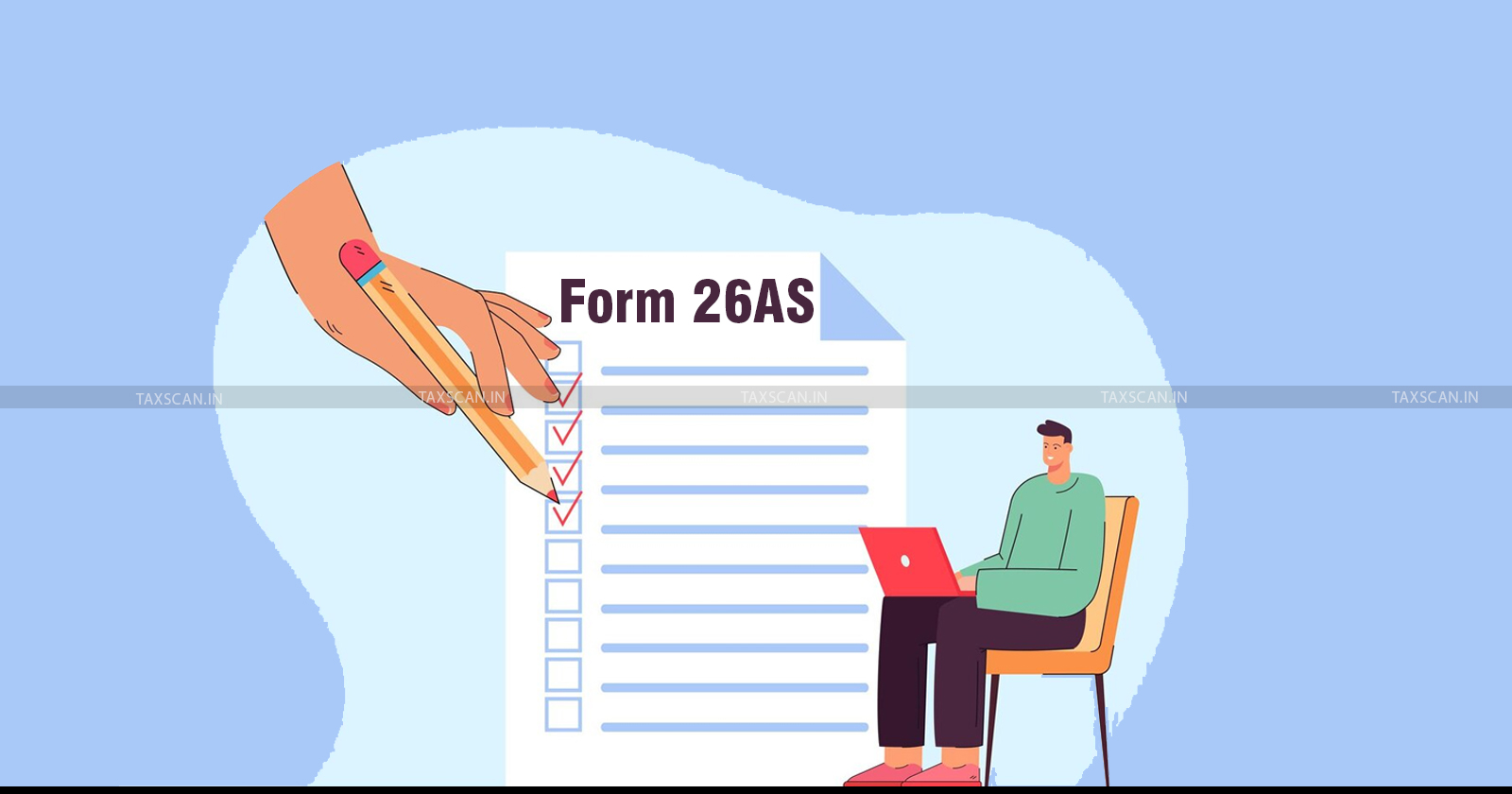What Happens If You File Your ITR Without Checking Form 26AS, AIS, and TIS?
Filing your ITR without checking Form 26AS, AIS, and TIS can lead to tax notices, penalties, and loss of refunds due to mismatched or unreported income

Form 26AS – AIS – TR Without Checking Form 26AS – taxscan
Form 26AS – AIS – TR Without Checking Form 26AS – taxscan
Filing your Income Tax Return (ITR) may seem as simple as uploading a few documents and clicking “submit.” But what if we told you that skipping one critical step could result in notices from the Income Tax Department, loss of your tax refund, or even penalties? That’s exactly what can happen if you ignore Form 26AS, the Annual Information Statement (AIS), and the Taxpayer Information Summary (TIS) before filing.
In this article, we break down why these documents matter, the serious consequences of filing without reviewing them, and the steps you must take to avoid tax troubles.
Master the Practical Aspects of ITR Filing - Click Here
Why Are Form 26AS, AIS, and TIS Important?
Form 26AS
This is like your tax passbook. It contains details of:
- TDS (Tax Deducted at Source) is deducted by employers, banks, or other payers
- TCS (Tax Collected at Source)
- Advance tax payments and self-assessment tax
- High-value financial transactions
Form 26AS ensures that any tax deducted on your income has been properly credited against your PAN (Permanent Account Number). If something is missing from this form, you may not get credit for taxes you already paid.
Annual Information Statement (AIS)
Introduced in November 2021, the AIS is a detailed report of your financial activities. It includes information such as:
- Interest earned on savings and fixed deposits
- Dividends from investments
- Rent received
- Sale and purchase of shares or mutual funds
- Foreign remittances
- Turnover reported under GST
The AIS gives a much broader view than Form 26AS. It even allows you to give feedback if you find any errors in the information reported.
Master the Practical Aspects of ITR Filing - Click Here
Taxpayer Information Summary (TIS)
The TIS is a summary of the data found in the AIS. It organizes the information based on different income categories like:
- Salary
- Interest income
- Dividends
- Capital gains
TIS helps you easily check if the reported information matches your actual earnings.
What Can Go Wrong If You Don’t Check These Documents?
1. Mismatch Can Lead to Tax Notices
If your ITR does not match the information in Form 26AS or AIS, you may receive a notice from the Income Tax Department. For example, if you forget to include dividend income shown in AIS, it may look like you are hiding income. Recently, the department found over 68,000 such cases.
2. Loss of Refund or Higher Tax Liability
If your employer deducts Rs. 50,000 as TDS but only Rs. 45,000 appears in Form 26AS, you will only get credit for Rs. 45,000 unless you get it corrected. This could reduce your refund or increase your tax payable.
3. Penalties and Interest
If you do not report income that is mentioned in AIS or Form 26AS, you may be charged penalties under tax laws. You may also have to pay interest on the unpaid tax amount.
4. Risk of Tax Audit
If you fail to report high-value transactions, such as property sales or large stock trades, the department may flag your return and select it for detailed scrutiny or audit.
5. Filing an Updated Return Becomes Necessary
If you file your ITR and later realize you made a mistake, you may have to file an updated return under Section 139(8A) of the Income Tax Act. This adds to your workload and could also mean paying additional tax and penalties.
Master the Practical Aspects of ITR Filing - Click Here
Steps to Avoid These Problems
1. Compare Form 26AS with Your Records
Match the TDS shown in Form 26AS with your salary slips, Form 16, bank TDS certificates, and contractor payments. If anything is missing, ask the deductor to update it.
2. Check AIS for Complete Income Reporting
Make sure all your incomes are correctly shown. This includes things like:
- Bank interest
- Dividends
- Rent
- Capital gains from stock trading
If anything is incorrect, use the feedback option in the AIS portal to correct it.
3. Use TIS for Easy Cross-Checking
The TIS helps you understand your income data in a summarized format. This makes it easier to compare with your records and identify any errors quickly.
4. Verify All Other Records Too
Before filing, check your bank statements, mutual fund transactions, property sale records, and other documents. Make sure the information in your ITR matches all these.
Master the Practical Aspects of ITR Filing - Click Here
A Practical Example
Imagine you are a salaried employee. Your Form 16 shows that Rs. 50,000 was deducted as TDS by your employer. But when you check Form 26AS, it only shows Rs. 45,000. If you don’t correct this before filing your ITR, you may not get credit for the full Rs. 50,000.
Now, suppose you earned Rs. 1 lakh in dividends last year, but forgot to mention it in your ITR. If this income appears in your AIS, the department may send you a notice for underreporting.
Filing Deadline
The usual deadline for filing ITR in India is 31 July after the end of the financial year. If you miss verifying your documents and file an incorrect return, it could lead to unnecessary stress and penalties. Taxpayers are expected to use Form 26AS, AIS, and TIS actively while preparing their ITR. These will help ensure that your tax return is correct and complete.
Support our journalism by subscribing to Taxscan premium. Follow us on Telegram for quick updates


